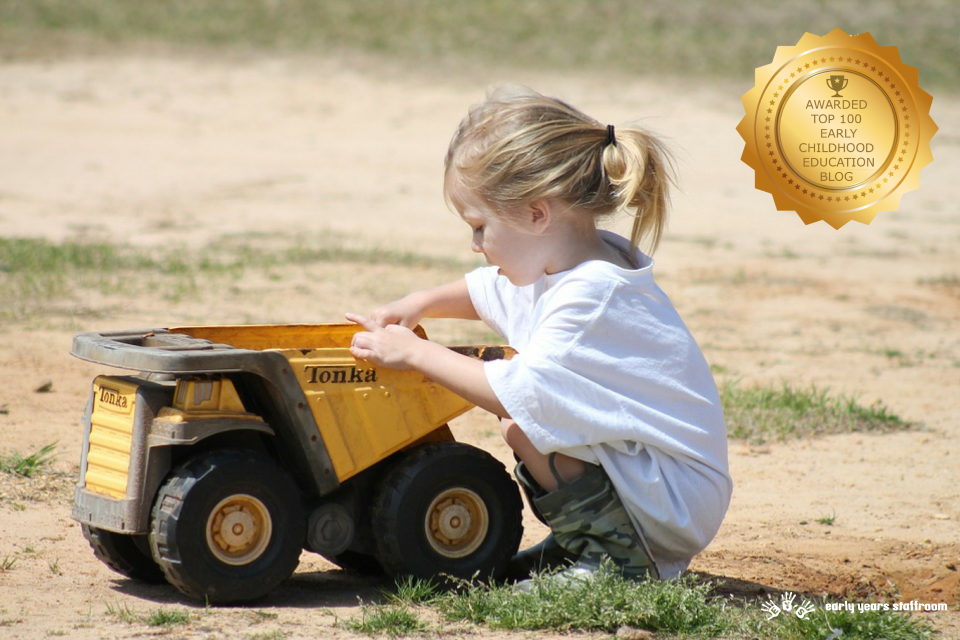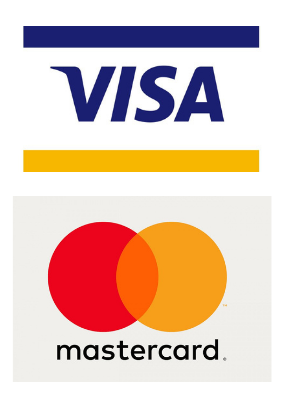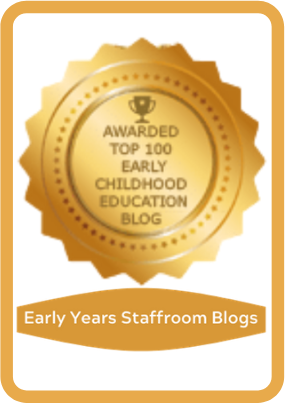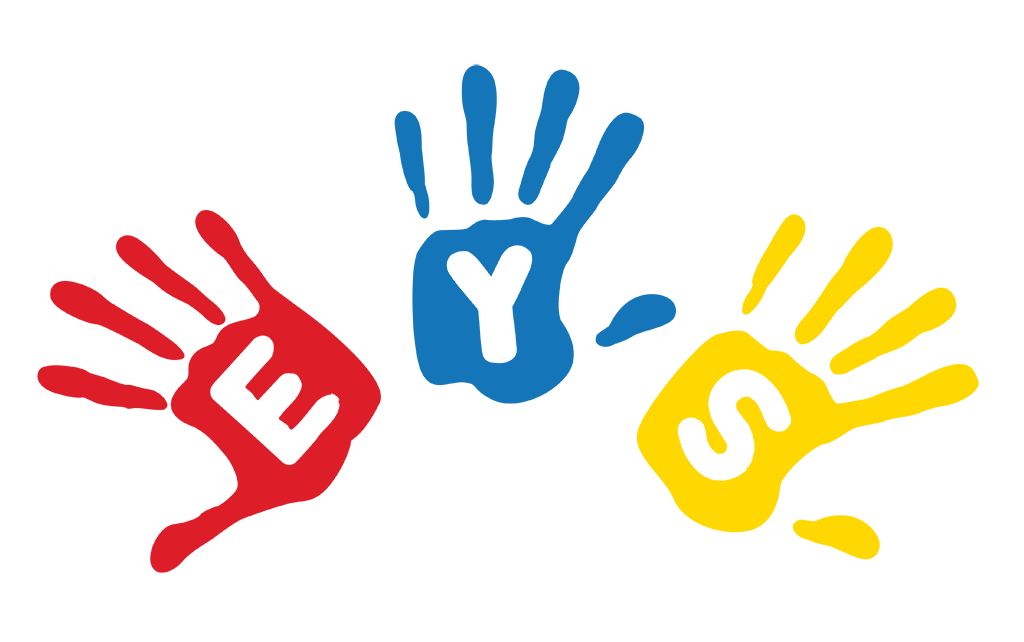Piaget defined a schema as ‘repeatable action sequence, possessing component actions that are tightly interconnected and governed by core meaning’. Put simply, Piaget’s research showed that young children think in very different ways to adults and a schema is a way for children to organise their knowledge. Schema’s in Early Years are repeated patterns of behaviour in play where children explore their ideas and thoughts, therefore an essential part of brain development.
The EYFS states that practitioners should support children’s schematic play patterns so that they can build on individual children’s interests, therefore taking part in powerful learning opportunities through sustained shared learning experiences.
The revised Early Years Foundation Stage (EYFS, 2012) requires practitioners to look, listen and note down children’s interests as a starting point to becoming familiar with each new learner. Subsequently, many practitioners have become very skilled at spotting schema’s. However, once these are identified, practitioners do not always know how to ensure that a child’s schematic interest is directly reflected in their planning.
If practitioners understand schema’s and use these in their observations and planning (in the moment or otherwise), the teaching and learning will become more effective.
If practitioners don’t understand schema’s they could see the schema as an annoying behaviour that needs to be stopped, but it is a necessary step to understand the world around them and to develop their dispositions for future learning.
How can you ensure schema’s are reflected in your planning?
Schemas in Early Years
You can ensure the environment supports the schema’s children are observed using by providing resources that enable children to explore and develop them.
Trajectory – Kicking, putting things in and out of containers, waving arms up and down, throwing, pulling, pushing, pointing, rocking, climbing or stepping up and down
Resources that can be used to support the trajectory schema; kites, bubbles, balls, wet sponges, pully systems, water pumps and guttering, yoyos, car tracks.
Rotation – Twisting, turning, rolling
Resources that can be used to support the rotation schema; locks and keys, music box, cogs and construction toys, windmills, paint rollers, tools, wheels, tyres.
Enclosing – Building fences or wall
Resources that can be used to support the enclosing schema; fabrics, cardboard boxes, tunnels, parachutes, shoe boxes, clay, treasure baskets, lidded pots, lolly sticks, construction.
Enveloping – Fillings bags, making dens
Resources that can be used to support the enveloping schema; socks, pillow cases, Russian dolls, tins, boxes, suitcases, bags, purses, wallets, wrapping paper, blankets, scarves, fabrics.
Transporting – Moving objects from place to place with hands, buckets, trolleys, wheelbarrows, bags
Resources that can be used to support the transporting schema; diggers, tractors, wheelbarrows, pebbles, natural objects, loose parts, scoops, spades, spoons, baskets, buckets, sorting trays, ice cube trays.
Connecting – Tying things together, building chains, fastening fabrics
Resources that can be used to support the connecting schema; threading, gloop, strings, weave, train tracks, construction, junk modelling, clothes with fastenings.
Positioning – Ordering, arranging objects
Resources that can be used to support the positioning schema; peg boards, balancing scales, loose parts.
Orientation – Hanging upside down, looking through legs, building ramps, re positioning
Resources that can be used to support the orientation schema; posting boxes, magnifying glasses, binoculars, mirrors.
To help practitioners keep schemes in mind when working with children, we have put together the key words that practitioners can use to support schema’s. These can be displayed at adult height in your setting.
Please also see the resource list on the outdoor learning blog for inspiration.
Providing children with the opportunity for long periods of play and the resources to support these schema’s will give children the chance to explore, investigate, imagine and predict independently, needed for future learning and development.










